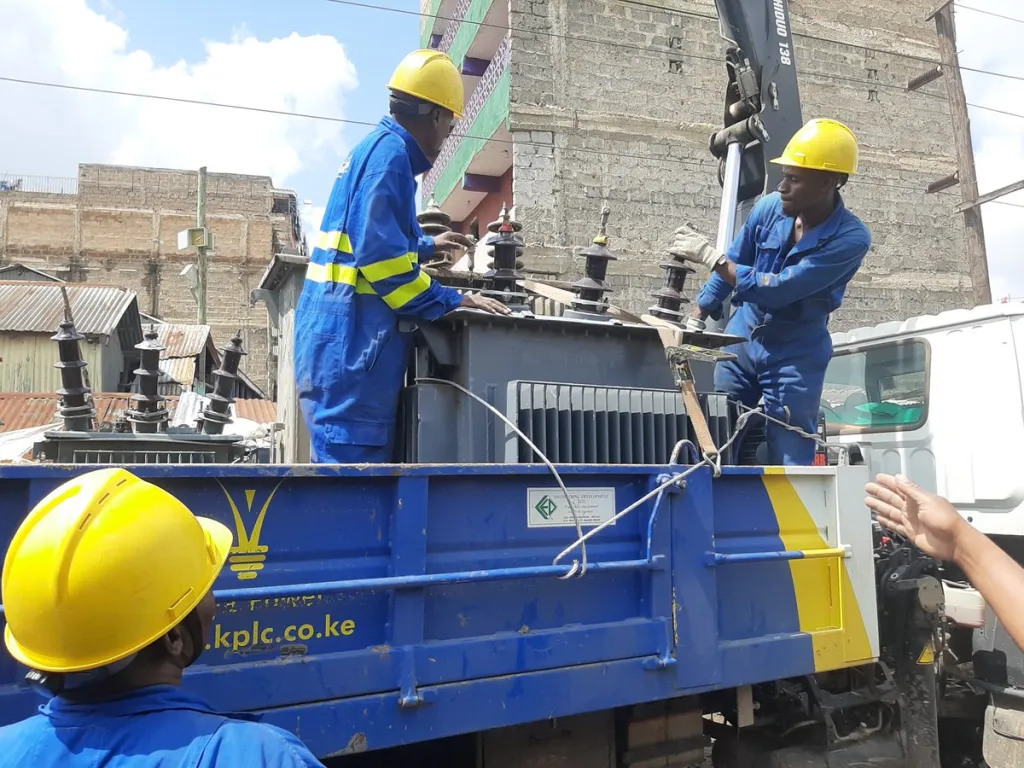The Energy and Petroleum Regulatory Authority (EPRA) has announced that Kenyans experienced the most blackouts in March 2025.
According to the Authority’s statistics report released on Tuesday, March recorded the highest total interruption durations at 12.44 hours.
“This could be attributed to the many breakdowns occasioned by the onset of the long rains, which normally result in trees falling on distribution lines,” EPRA said.
The report indicated that the lowest interruption durations were recorded in June 2025 at 7.31 hours, a month characterized by low rainfall and cold weather.
“In the period under review, customers experienced total average interruptions lasting 9.42 hours. This is a 0.72-hour improvement from the 10.14 hours recorded in the year ended June 2024,” it added.
November 2024 and January 2025 posted the second and third highest interruptions at 10.6 hours and 10.5 hours, respectively.
The report also indicated that the country recorded a peak demand of 2,316.2MW on 12 February 2025. “This was a 6.38% increase from the peak demand of 2,177MW recorded in the previous financial year,” EPRA stated.
The electricity supply sector registered substantial growth as annual generation rose from 13,684.60GWh in 2024 to 14,472GWh in the period under review. Peak demand increased by 6.4%, from 2,177MW to 2,316MW.
The Nairobi region remained the leading consumer of electricity, accounting for 43.82% of the country’s total usage. It consumed 4,964.34GWh, an 8.59% increase from 4,571.78GWh in the previous year. The region, which includes Kiambu, Kajiado, Machakos, and Makueni counties, continues to stand out due to its dense population and concentration of industries.
The Coastal region ranked second, consuming 2,010.06GWh—17.74% of the national total. This represented a 4.87% increase from 1,916.68GWh in the previous year.
The Rift Valley region came third, with consumption rising 9.02% from 1,431.23GWh to 1,560.36GWh in the year ending June 2025.
Electricity consumption in the North Eastern region increased by 7.07%, from 1,150.30GWh to 1,231.66GWh, accounting for 10.87% of total usage. In this case, the region covers Garissa, Wajir, Mandera, Marsabit, Kitui, Thika, and parts of Machakos.
The Mt. Kenya region recorded a 9.85% growth in consumption, rising from 679.75GWh to 746.76GWh, or 6.59% of the national total.
In Western Kenya, usage went up 7.07% from 556.77GWh to 596.11GWh, representing 5.26% of the total.
South Nyanza posted the lowest consumption at 220.59GWh, equivalent to 1.95% of the total. However, this represented a 9.69% increase (19.49GWh) from the 201.10GWh consumed in the previous year.
